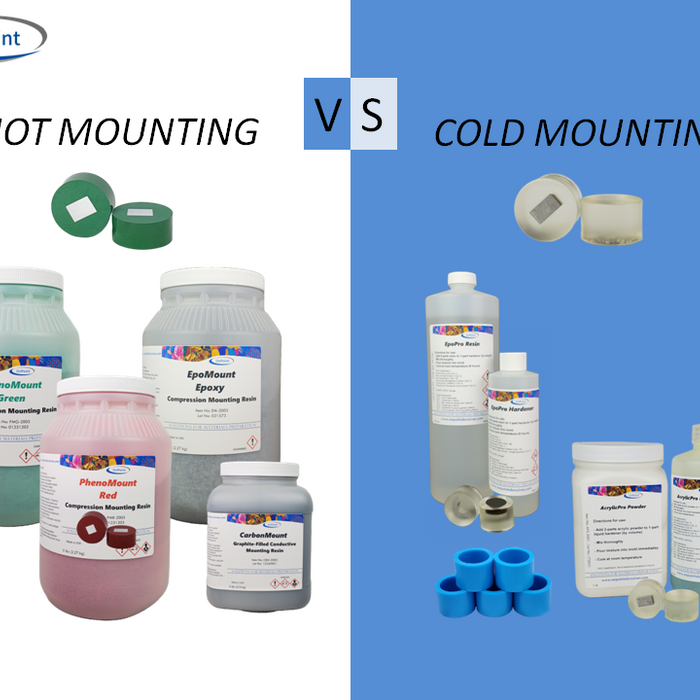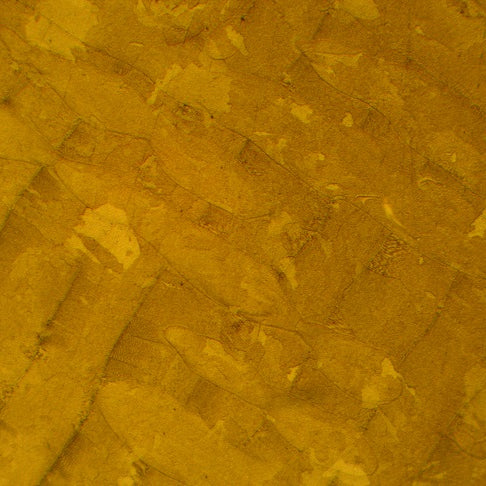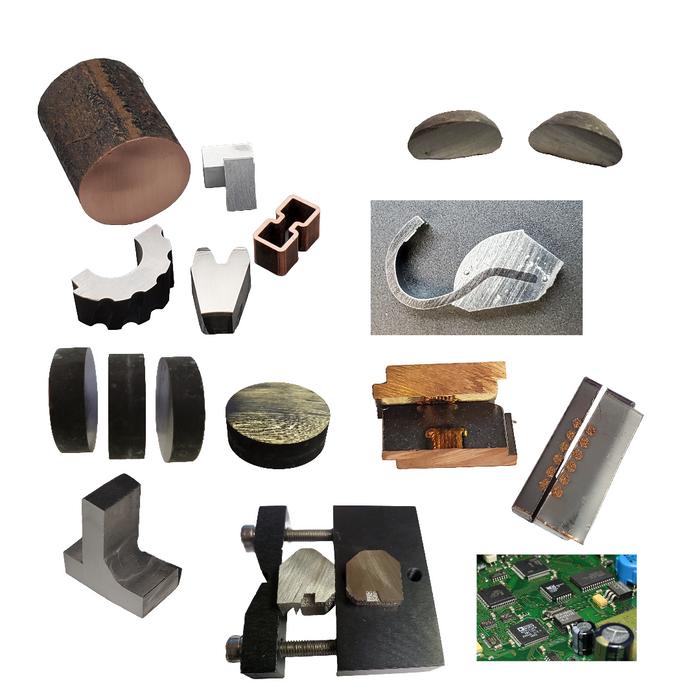
What Is the Difference Between Metallographic Precision Cutting and Abrasive Cutting?
In metallographic sample preparation, choosing the right cutting method is crucial for ensuring the integrity and quality of your samples. Precision cutting offers low-force, slow-speed cuts, ideal for delicate materials that require high accuracy, while abrasive cutting prioritizes speed and efficiency for tougher or larger samples. Each method has its strengths, and selecting the right tool for the job can make a significant impact on your analysis results. Learn how precision and abrasive cutting can optimize your sample prep process and which method suits your specific needs.







